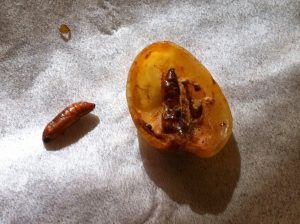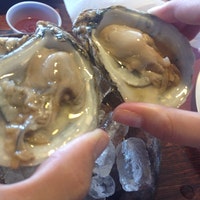The aim of this study was to examine the consumer use of Singapore’s letter-based grading information disclosure system and its influence on dining establishment choice.
 We used data from a national survey of 1533 households collected from 2012 to 2013 in Singapore to assess (i) the proportion of adults who refer to the letter grade before dining and (ii) the impact of the letter grade on their willingness to dine at an establishment. We used multivariable logistic regression to account for the independent effects of socio-demographic factors. The proportion of respondents who referred to a letter grade before dining was 64.5% (95% confidence interval [CI] = 62.1%, 66.9%). Propensity for referral differed by dining frequency, ethnicity and employment.
We used data from a national survey of 1533 households collected from 2012 to 2013 in Singapore to assess (i) the proportion of adults who refer to the letter grade before dining and (ii) the impact of the letter grade on their willingness to dine at an establishment. We used multivariable logistic regression to account for the independent effects of socio-demographic factors. The proportion of respondents who referred to a letter grade before dining was 64.5% (95% confidence interval [CI] = 62.1%, 66.9%). Propensity for referral differed by dining frequency, ethnicity and employment.
Fewer respondents were willing to dine at a ‘C’ (lower) graded establishment [10.3% (95% CI = 8.8%, 11.8%)] compared to a ‘B’ graded establishment [85.3% (95% CI = 83.5%, 87.0%)]. Willingness to dine at a ‘C’ graded establishment differed by dining frequency, housing type and citizenship. The letter-based grading information disclosure system in Singapore is commonly used among Singaporeans and influences establishment choice.
Our findings suggest that information disclosure systems can be an effective tool in influencing consumer establishment choice and may be useful to help improve food safety in retail food establishments. The implementation of such information disclosure systems should be considered in other countries where it has yet to be introduced and be periodically assessed for its effectiveness and to identify areas requiring improvements.
Use of the letter-based grading information disclosure system and its influence on dining establishment choice in Singapore: A cross-sectional study
Food Control, Volume 90, August 2018, Pages 105-112, https://doi.org/10.1016/j.foodcont.2018.02.038
https://www.sciencedirect.com/science/article/pii/S0956713518300847












